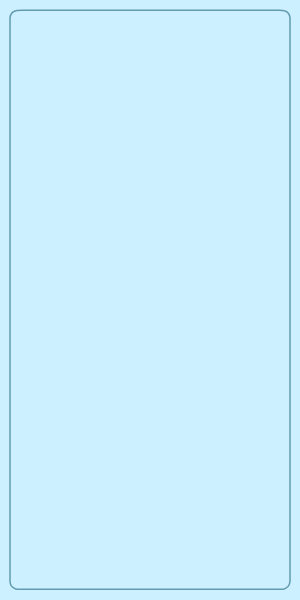Enterprise data storage rapidly grows in volume and density year after year. However, not all of this data is business critical. Studies show that more than 30 percent of the data stored by an organization is redundant, obsolete, or trivial (ROT).
Of these, redundant/duplicate files are the most difficult to handle for a few reasons:
- Duplicate file accumulation: Duplicate files accumulate rapidly in file storage environments. This is unavoidable and is the result of assorted factors ranging from copying folders across drives to taking multiple backups.
- Identification of duplicate copies: Duplicate copies of files are incredibly easy to create, but finding them across multiple storage environments is tedious.
- Managing duplicate files: Redundant data takes up valuable space and must be deleted, or at least moved to secondary storage. Considering the volume of duplicate files, this is easier said than done.
How DataSecurity Plus can help manage duplicate files
Streamlining the process of finding and removing duplicate files is crucial for storage optimization. This is where DataSecurity Plus comes in handy.
It analyzes file metadata to find and report on duplicate copies of files in Windows file servers, and workgroup environments. Users can also delete these copies right from the dashboard for quick and simple storage optimization
Finding duplicate files using DataSecurity Plus

To configure DataSecurity Plus to find duplicate files, follow the steps below:
- Download and install DataSecurity Plus.
- Open the DataSecurity Plus console.
- Navigate to File Analysis > Configuration.
- Under Data Sources, select the type of storage (Windows File Server or Workgroup Server) that you want to add.
a. To add Windows file servers
- Select Windows File Server, and click + Add Server in the top-right corner.
- Select the Domain.
- Click the + symbol next to Select Server. Choose the servers you want to add, and click Select.
- Choose whether you want to analyze all drives or only specific files in the selected server(s).
- Click Install Agent and Finish.
b. To add Workgroup servers
- Under File Analysis > Configuration > Settings > Report Configuration, > click on the edit icon next to Duplicate Files Report.
- Choose the parameters by which you want to pinpoint duplicate files. You can choose from Same size, Same name, and Same last modification time.
Tip: For the most accurate findings, we recommend selecting all three parameters.
- Click Save.
DataSecurity Plus can now find and report on duplicate files in your domain. You can view useful breakdowns on the file type composition of detected duplicate files under the Storage Overview tab, along with details on how much space is taken up by them.
Steps to delete duplicate files
To delete detected duplicate files, follow the steps below:
- Go to File Analysis > Reports > Storage Reports > Duplicate Files.
- Click the + next to the Server Name field.
- In the pop-up, choose the server in which you want to find duplicate files.
- Click Select.
- Once loaded, the report shows the files that have multiple copies in the selected server, along with the number of duplicate copies.
- Click on the report entry of a file that has duplicates you want to delete.
- In the pop-up, check the copies you want to delete, and click the delete icon.
- Click Yes in the confirmation pop-up.
Tracking duplicate file deletions
When a duplicate file is deleted with DataSecurity Plus, the event will be recorded in the technician audit log.
To view this, follow the steps below:
- Navigate to Admin Console > Admin > Administrative Settings > Technicians.
- Under the Audit Log column, click View.
- The audit log of all actions carried out by the technician will be listed. To list only file deletions:
- Click the search icon.
- Under Message, type ""duplicate"" and hit Enter.
This will let you view details on who deleted what duplicate file, when, and from where.


